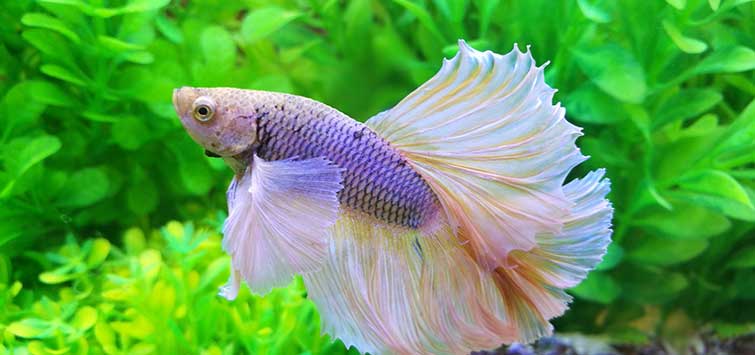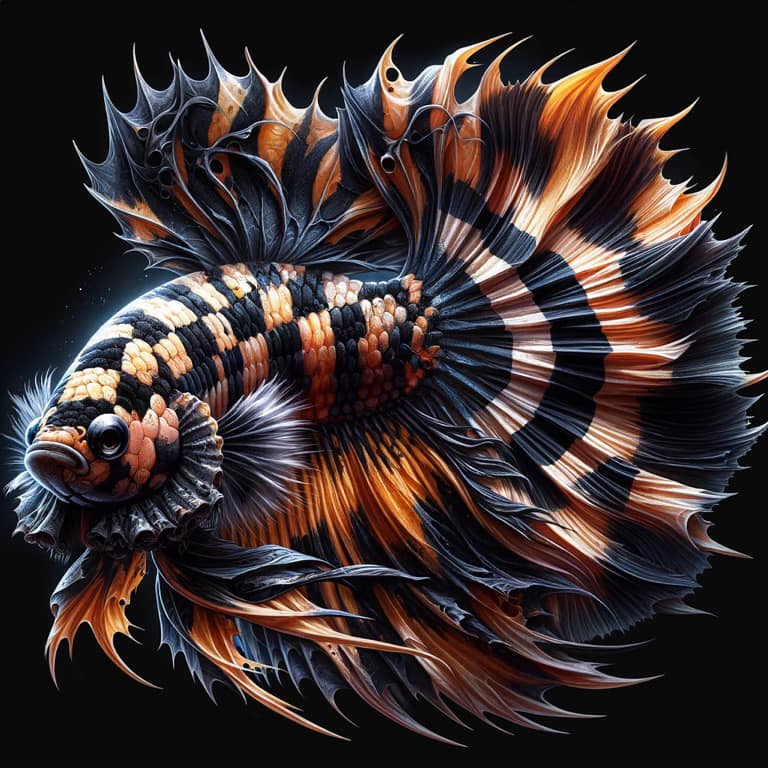Betta Fish Care: Necessary Tips for a Healthy and Happy Pet Dog
Betta Fish Care: Necessary Tips for a Healthy and Happy Pet Dog
Blog Article
Exactly How to Reproduce Betta Fish Effectively: Specialist Techniques and Insights for Hobbyists Aiming To Increase Their Betta Collection
Reproducing Betta fish calls for a nuanced understanding of genes and ecological conditions, making it necessary for hobbyists to approach the process with both persistance and treatment. Producing an optimal breeding setting, selecting the ideal pairs, and observing the details of their courtship behaviors are foundational actions that can dramatically impact the outcome. The subsequent treatment of the fry is crucial for guaranteeing their healthy development. As we explore these essential components, it becomes clear that effective reproduction is not nearly the first pairing however encompasses a more comprehensive technique that values cautious consideration.
Comprehending Betta Fish Genes
Comprehending the genetics of Betta fish is important for successful breeding, as it influences characteristics such as shade, fin form, and behavior. Betta fish display a varied selection of colors and patterns, mostly established by their genetic make-up. The main genetics accountable for coloration consist of the "B" genetics for blue, "D" gene for red, and the "C" gene for shade strength. Dog breeders can adjust these qualities by selecting certain parent fish that show desired characteristics.
Along with coloration, fin morphology is another significant aspect of Betta genetics (betta fish). The shape and size of fins are affected by various genes, including those that identify whether the fins are brief, long, or veil-shaped. Understanding these genetic variants aids breeders forecast the phenotypic outcomes of their offspring
In addition, behavioral qualities such as aggression and territoriality can also be affected by genes. These behaviors play a vital function in the reproducing procedure, as they can affect generating success and the overall personality of the resulting fry. By thoroughly recognizing these hereditary concepts, breeders can make informed choices, eventually improving their breeding programs and attaining desirable results.
Preparing the Reproduction Environment
Developing an optimal reproduction setting is important for the successful reproduction of Betta fish. The very first step in preparing this setting is to pick a proper breeding storage tank, preferably varying from 5 to 10 gallons. This dimension permits for adequate swimming space and the facility of territories. The tank must be outfitted with a heating system to maintain a stable temperature level in between 78 ° F and 80 ° F, which is essential for encouraging spawning actions.
Following, take into consideration making use of a sponge filter or an air stone to supply mild water blood circulation without developing strong currents that can stress the fish. It is vital to install plants or reproducing cones to offer concealing places and advertise comfort for the female during the spawning process. Floating plants, such as Java moss or water sprite, can additionally produce a much more all-natural atmosphere while helping with bubble nest building by the man.
Before presenting the breeding sets, make sure the these details water is conditioned and cost-free from damaging chemicals, such as chlorine or heavy metals. betta fish. Regular water changes need to be performed to keep optimal water high quality, improving the possibilities of effective breeding. With these preparations in position, the reproducing atmosphere will support the health and wellness of both Betta fish
Choosing Reproduction Pairs
Selecting the right reproduction sets is crucial for achieving successful Betta fish recreation. Healthy and balanced Betta fish exhibit lively colors, clear eyes, and active habits.
Personality is an additional vital factor to consider, as Betta fish are recognized for their hostile nature. It is a good idea to select a male and woman that show suitable temperaments to lessen anxiety throughout the breeding procedure. A calm male can urge a smoother courtship, while a woman that is also aggressive might interrupt the process.
Genetic background likewise plays a significant role in the high quality of the offspring. Breeding fish that are genetically varied can reduce the threat of hereditary wellness issues and improve the total vitality of the fry. It is advantageous to research the family tree of both the man and woman, concentrating on preferable attributes such as fin type, color patterns, and size.
The Breeding Process
The reproduction procedure of Betta fish needs mindful planning and attention to detail to ensure a successful result. It is important to prepare an ideal reproduction container, preferably a 5-10 gallon fish tank with a temperature level maintained at 78-80 ° F. The container must be outfitted with a heating unit, filter (ideally sponge type to prevent solid currents), and lots of aquatic plants for the woman to hide.
As soon as the atmosphere is set, present the selected breeding set to the container, allowing them to adapt. Observe their habits; the man will certainly present elaborate courtship routines, including flaring his fins and constructing a bubble nest. If the female reveals interest, she will certainly show upright red stripes suggesting preparedness for spawning.
When the lady is receptive, the set will certainly engage in a breeding embrace, throughout which the male fertilizes the eggs. It is vital to check their interactions closely, as the man might end up being aggressive. After generating, eliminate the female to stop prospective damage. The man will tend to the eggs, which normally hatch within 24-36 hours. Maintaining optimal water problems throughout this period is crucial for the advancement of healthy and balanced Betta fry.
Taking Care Of Betta Fry

Feeding Betta fry is crucial, as they call for a diet regimen high in healthy protein. They can be fed infusoria or liquid fry food, transitioning to carefully smashed top notch pellets as they expand. Feed small portions multiple times a day to urge healthy growth without straining the container with uneaten food.

As they develop, check their development carefully and divide any kind of hostile individuals to stop damage. By giving a nurturing atmosphere and proper nutrition, hobbyists can effectively raise Betta fry right into vibrant, healthy fish, ultimately improving their reproduction ventures.
Final Thought
Successful Betta fish breeding needs meticulous attention to hereditary selection, environmental problems, and take care of the fry. By recognizing the genetics of Betta fish and preparing a suitable reproduction atmosphere, enthusiasts can improve the opportunities of producing lively, healthy and balanced offspring. Selecting suitable reproduction sets and closely keeping track of the courtship and spawning processes are essential. Supplying optimum treatment for the fry ensures their healthy and balanced growth, adding to a growing Betta collection.
Report this page